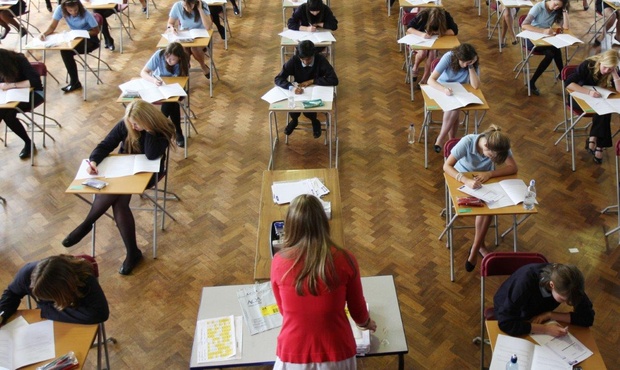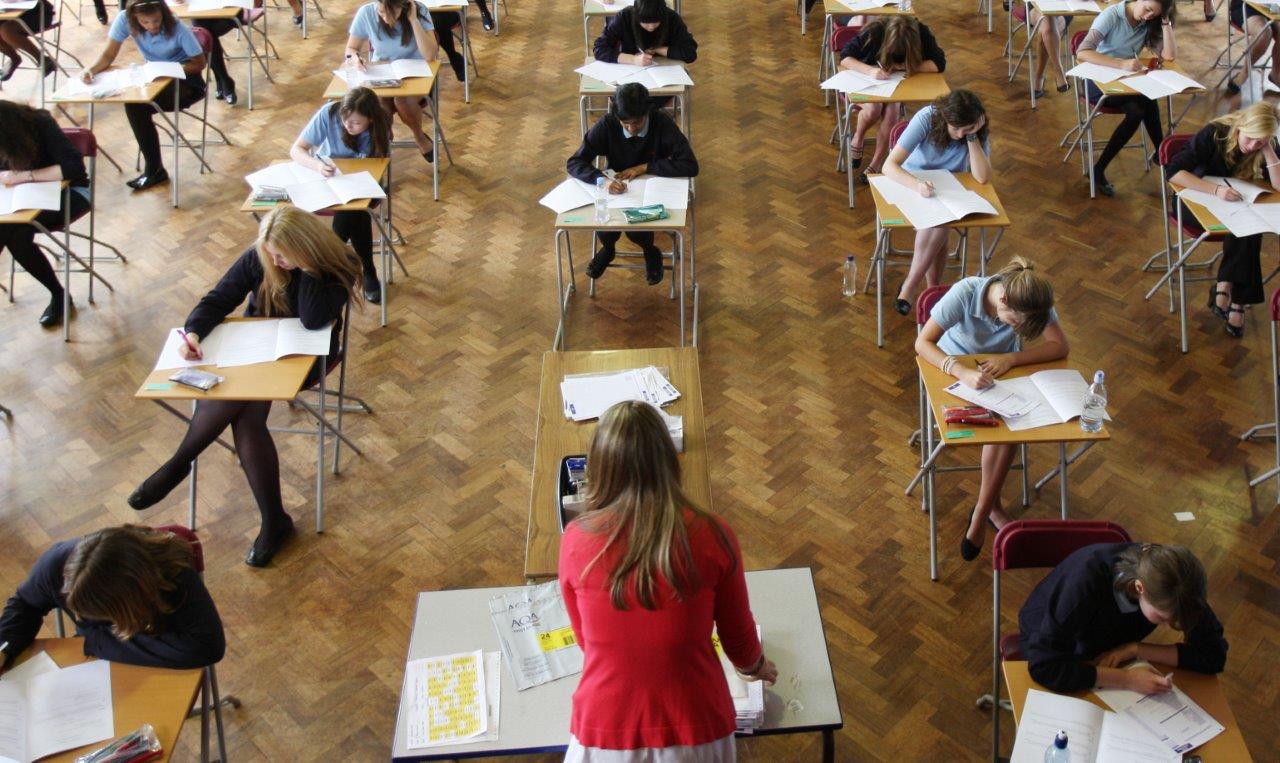The research published earlier this year in The Economics of Education Review and appearing in print last month, analysed NAPLAN test scores across Australian states.
It examined differences in student performance based on varying periods of remote learning between 2020 and 2021, with school closures ranging from 9 to 157 days.
“Using NAPLAN test scores, we found that students in schools which operated remotely for an extended period performed similarly to students in schools which were closed for a relatively short period,” Dr Nalini Prasad from UNSW Business School, who collaborated on the research with Dr Christian Gillitzer from the University of Sydney, says.
COVID response in schools and at-home learning
The study suggests that Australia’s strict COVID-19 policies, including extended lockdowns, may have played a role in mitigating the negative impact on education resulting in few school-aged children contracting the virus and not having to take time off school.
“Australia adopted a zero-COVID policy which used lockdowns – and other non-pharmaceutical interventions –pre-emptively to eliminate the transmission of COVID-19,” Prasad says.
In contrast, many other countries closed schools only as a last-resort measure to alleviate the burden on the health system when COVID cases surged.
“Per capita COVID case numbers and deaths were considerably lower in Australia. Low COVID case numbers meant that students did not have to miss school due to contracting the virus,” she says.
“A low health burden for parents combined with workplace closures meant that parents could supervise their kids learning.”
The research methodology
The researchers used NAPLAN test scores from 2013-2019 as baseline data, comparing them with scores from 2021 and 2022.
The study’s strength lies in its comprehensive dataset – examining results from more than a million students across different grade levels and regions.
“NAPLAN testing remained compulsory during the COVID period, with participation rates staying above 90 per cent,” Prasad says.
“This high participation rate means our findings aren’t skewed by students not taking the test or selection bias, which has been a challenge for similar studies in other countries.”
The role of family and technology during school closures
While the study specifically examines standardised test performance, Prasad says NAPLAN scores represent just one aspect of students’ educational experience during the pandemic.
“The evidence from the data shows that students were not adversely affected by school closures in the short term,” she explains.
“It’s important to understand that our research focused specifically on academic performance as measured by NAPLAN scores.
“While these findings are encouraging from an academic standpoint, they don’t address other crucial aspects of student development and wellbeing that may have been affected during school closures.”
The research suggests that remote attendance rates were comparable to, and sometimes exceeded, typical in-person schooling levels. This engagement was often supported by increased parental involvement and digital access.

Parental involvement and digital access helped keep students engaged in learning during school closures across Australia.
“There is evidence from the US, that in regions where schools remained open, parents unenrolled their kids from schools owing to fears about their kids contracting the virus and bringing it home,” Prasad says.
“The unenrolled kids did not have access to the widespread learning from home options offered in Australia. In other locations, schools were closed but workplaces were open, which meant parents could not supervise their child’s learning at home.”
Australia was fortunate in that most students had access to reliable internet and electronic devices, allowing them to continue studying while schools were closed.
“A low health burden for parents combined with workplace closures meant that parents could supervise their kids learning,” Prasad says.
“We found evidence suggesting that parental involvement in learning increased the longer the duration of school closures
Looking beyond test scores
The study examined how various groups of students performed academically during this period. The research suggests that Australian students, including those from disadvantaged backgrounds, were academically resilient.
“There was little variation in NAPLAN performance for students from most socio-economic backgrounds,” Prasad says.
“However, the data suggested some differences for Indigenous students and those from non-English speaking backgrounds, though this evidence was less conclusive.”
These findings open up critical conversations about education funding priorities, she says.
“Post COVID, NSW implemented a program that aimed to help students catch up academically on lost schooling. The program was found to have had little effect on student performance.
“Directing resources toward longstanding inequities, rather than assumed learning losses, may yield better educational outcomes for all students.”
Key lessons and broader impacts of school closures on students
While this research focuses specifically on NAPLAN performance, education experts have raised various concerns about the broader impacts of school closures on students’ social development, mental health, and overall wellbeing.
According to Prasad, it’s possible the pandemic had a broader impact on children’s wellbeing, including their mental health and social development.
“The Murdoch Children’s Institute found, opens in a new window a deterioration in the mental wellbeing of Australian children during the pandemic. This has also been found in other countries.”
These findings contribute to the ongoing discussion about supporting students’ comprehensive development and addressing any lingering effects of the pandemic on young people, she says.
“The evidence from this data is that students’ NAPLAN performance remained stable during this period.
“However, it’s natural for parents to worry about their children, and academic performance is just one of many important factors in student development.”
A key takeaway from this research is the importance of students maintaining regular school attendance – whether in person or remotely.
Prasad says we have no idea what the next pandemic will be and it could be the case that mortality for children is much higher.
In such cases, lessons from this study could offer guidance.
“This research underscores the importance of continued learning, even during challenging times, and highlights the role of parental involvement in supporting children’s education,” she says.
“As the world continues to navigate the long-term consequences of the pandemic, understanding the factors that influence student outcomes remains essential.”














